Are these scenarios familiar to you?
- You leak when you get up from the couch.
- You leak when you pick up your child.
- You have back, hip, or sacroiliac joint pain.
- You want to have more sexual satisfaction.
Upon evaluation, a specialized physical therapist may find the pelvic floor muscles in different states: weak, tight, asymmetrical, or difficulty firing.
Will yoga cure you?
Yoga is not a panacea. For optimal results, it is recommended to see a specialized physical therapist who will evaluate the ability of your pelvic floor muscles to contract and relax.
A pelvic floor physical therapist can ensure that you are performing a pelvic floor muscle contraction correctly without substitution, on both sides, and you are able to release the contraction appropriately.
In addition to evaluating your pelvic floor muscles, your physical therapist will also look at your hips, abdominal wall, pelvic alignment, core stability strategies and other areas of your body that might be contributing to leakage.
How is yoga helpful for strengthening the pelvic floor muscles?
One of the benefits of practicing yoga is working with conscious breathing patterns. The tradition of yoga includes pranayama, or breathwork. You might find the dirga (three-part breath), ujjayi (sea shell breath), and the letting go breath useful during your yoga practice, but also in daily life. Pranayama shifts the sympathetic nervous system override and changes the energy in the body.
From a musculoskeletal perspective, the diaphragm is a key player in the role of lumbopelvic stability, which is necessary for optimal continence. When we inhale, the diaphragm descends and the pelvic floor follows.
The practice of yoga improves muscle coordination, flexibility, endurance, strength, and balance. Increasing functional strength in the hip, back, and abdominal wall can has a direct impact on the function of the pelvic floor muscles.
An example of a pose increasing strength in the hips is Bridge pose:
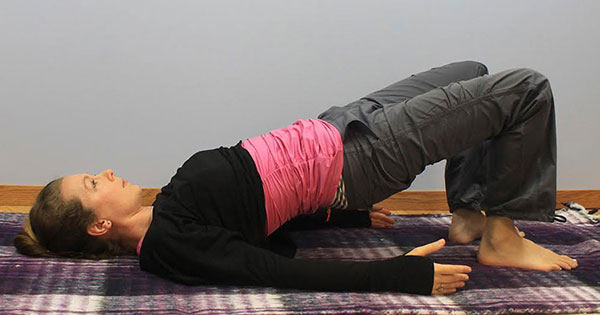
Try Arm Leg Extension for back strength:
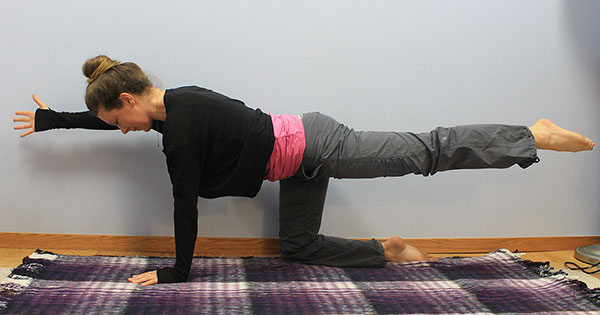
For extra credit during your yoga practice, try engaging the pelvic floor on your exhalation to increase your core strength.
Be sure to release your pelvic floor muscles and soften your abdomen in Savasana, the rest pose at the end of class.
The pelvic floor muscles are meant to be strong, but also pliable. I tell my patients that we wouldn’t walk around with our hands in a fist all day and the same thing goes for our abdomen and pelvic floor muscles.
I hope these tips are helpful!
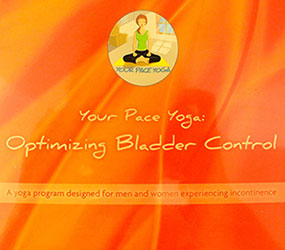 Want to dive deeper into using yoga to strengthen your pelvic floor? Check out Optimizing Bladder Control.
Want to dive deeper into using yoga to strengthen your pelvic floor? Check out Optimizing Bladder Control.


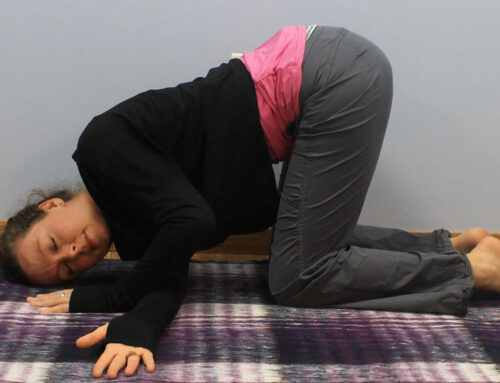
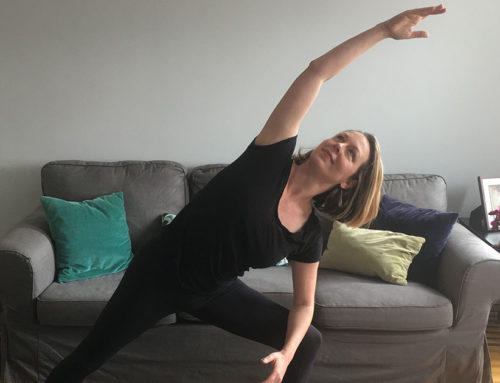

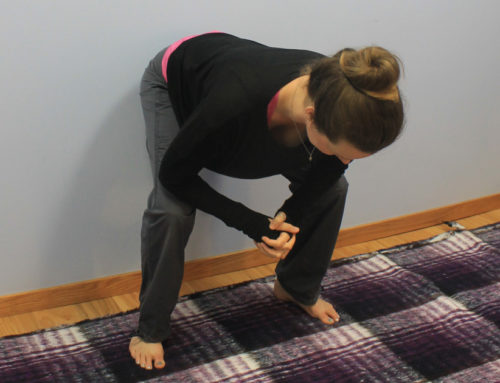
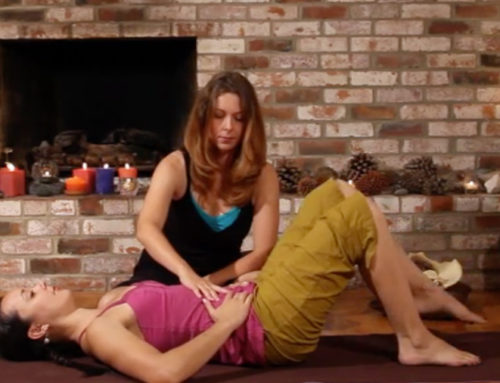
Leave A Comment